Understanding Sunscreens: Tinted Moisturisers & Aerosol SPFs

This message, received from a friend, prompted me to write this piece.
Sunscreen is a non-negotiable in our daily skincare routine, especially under the harsh Australian sun. With skin cancer rates soaring and sun damage leading to premature aging, the importance of sunscreen cannot be overstated. It's estimated that two out of three Australians will be diagnosed with skin cancer before the age of 70(1).
However, not all sunscreens are created equal. They vary greatly based on their ingredients, formulation and testing methods. Choosing the right sunscreen is not only crucial for our health but also for the preservation of our reefs and marine life.
Australia boasts some of the strictest sunscreen regulations globally. Interestingly, most overseas sunscreens do not meet our high standards and cannot be sold in the Australia market(2).
Australia has two different classifications for sunscreen. Understanding the difference between cosmetic sunscreens and therapeutic sunscreens is essential:
Therapeutic Sunscreens:
- Primary sunscreens: These products are primarily used for protection from UV radiation.
- Some secondary sunscreens: Products with a primary purpose other than sun protection but contain sun screening agents.
Cosmetic Sunscreens:
- Secondary sunscreens excluded from therapeutic goods legislation.
- Examples include lip products, tinted bases, moisturising skincare products, and sunbathing skincare products.
See full details on the TGA website on classification (3).

Shop NEW tinted face cream SPF50+ (TGA-Approved)
Why is a Therapeutic Sunscreen Better?
Therapeutic sunscreen also refers to TGA (Therapeutic Goods Administration) approved sunscreens undergo rigorous testing and adhere to Australia's highest standards. Unlike tinted foundations or tinted moisturisers that fall within the cosmetic sunscreen classification. While any product with an SPF claim needs to be tested and claims backed up, these cosmetic sunscreens are not tested to the highest standards of the TGA approved sunscreens.
A sunscreen's effectiveness can be impacted by a number of factors. Formulation intricacies and ingredient interactions play a significant role. Additionally, the volume of sunscreen required to attain a certain SPF rating varies. For instance, with SPF aerosols, a study found that between 32%-79% of the sunscreen was lost when wind conditions were 10 kph and for 20 kph 28-93%. With such a large proportion of sunscreen lost, a person would need to spray an aerosol sunscreen for more than 4 minutes per limb to achieve the SPF rating as labelled on the product. This is why the Cancer Council, along with Australian Radiation Protection and Nuclear Safety Agency are strongly urging Australians against aerosol sunscreens for sun protection (4).
Identifying TGA-Approved Sunscreens:
Look for registered TGA brands with TGA number listed on the bottle, those that explicitly state "TGA approved" or "TGA approved sunscreen" on website or promotional materials.
Be cautious of "TGA listed," which does not necessarily mean TGA approval. It could just mean that an ingredient they are using is listed on the TGA. The easiest way to check product registration is via the Australian Register of Therapeutic Goods (ARTG) database.
How Do Sunscreens Work?
Sunscreen ingredients function in two primary ways: scattering and/or absorbing ultraviolet (UV) radiation to prevent it from penetrating the skin.
Some sunscreens employ both scattering/blocking and absorbing ingredients. Examples of scattering/blocking agents include Zinc Oxide and Titanium Oxide (5).
UV absorbers, on the other hand, include ingredients like Oxybenzone, Octocrylene, 4-Methylbenzylidene camphor, and Butyl methoxy dibenzoylmethane. These UV absorber sunscreens are the most common types found in the Australian market.
Among various concerning ingredients, one that stands out is oxybenzone, an active ingredient that has attracted significant attention in scientific studies. It is easily absorbed through the skin, with studies from the Centers for Disease Control and Prevention revealing its presence in nearly all Americans, particularly in those who regularly use sunscreen (6). Oxybenzone has been associated with allergic reactions (7), acts as a hormone disruptor (8) in various studies, and may pose greater risks to children.
The best sunscreen is a natural sunscreen using physical blockers like Zinc Oxide and Titanium Dioxide to create a protective shield on the skin's surface. These ingredients scatter and reflect UV rays.
Why Natural Sunscreens Shine:
Natural sunscreens offer several advantages over their chemical counterparts:
- Less Irritation: Natural ingredients are less likely to cause skin irritation, making them suitable for sensitive skin.
- Reef-Safe: Mineral sunscreens like Zinc Oxide and Titanium Dioxide are environmentally friendly, as they do not harm coral reefs.
- Broad-Spectrum Protection: These mineral ingredients offer effective protection against both UVA and UVB rays.
- Safer for Children: Natural sunscreens are often recommended for children due to their gentle ingredients.

Image from left: 1. P4O Mineral Sunscreen SPF 30, 2. The Kind Sunscreen 3. P4O Vegan 50+
Discover more on the differences between natural sunscreens vs chemical sunscreens in our article.
Understanding the Presence of Harsh Chemicals in Sunscreen:
An unfortunate drawback of sunscreen usage is the presence of harsh chemicals in many formulations. Some of these chemicals have been associated with cancer, fertility issues, hormone imbalances, and posing threats to our environment, particularly our reefs and marine life.
Several prominent brands have faced recalls due to the presence of the cancer-causing chemical Benzene in their products. Among these brands are (10):
- Cancer Council,
- Bondi Sands,
- Nivea,
- Banana Boat,
- Neutrogena,
- Baby Bum
To ensure your safety, please refer to the TGA sunscreen recall list. If you find your sunscreen listed, confirm the batch number of the recalled product as it is advisable to discard it.
Insights on Overseas Sunscreens:
Australia boasts some of the strictest sunscreen regulations globally, overseen by the Therapeutic Goods Administration (TGA). Each batch of sunscreen undergoes meticulous testing to guarantee safety, accuracy of claims, and the presence of approved active ingredients.
In contrast, sunscreens manufactured overseas frequently fail to meet the stringent standards set by the TGA. Consequently, these products cannot be sold in the Australian market without modifications. Often, their SPF claims must be downgraded to align with Australia's high SPF rating standards, reflecting the disparity between international regulations and Australia's rigorous sunscreen standards.
Blue washing and Reef-safe Accreditation
Blue washing, a deceptive marketing tactic, has become prevalent in the skincare industry, particularly concerning reef safety. With inadequate regulation surrounding this practice, consumers are often misled by claims of being reef-safe without proper verification. True reef-safe products are those that have undergone rigorous testing, removal of harmful ingredients and/or obtained European certification for reef safety. Unfortunately, in Australia, the absence of stringent regulations allows brands to label themselves as reef-safe without meeting these crucial criteria, posing significant risks to marine ecosystems. As conscientious consumers, it's essential to remain vigilant and seek out products with genuine reef-safe certifications to ensure our skincare choices align with environmental preservation efforts.
Conclusion
Selecting the right sunscreen is vital for your health and environmental conservation. Always opted for TGA-approved sunscreens, that use UV scattering and blocking natural ingredients like Zinc Oxide, and free from harmful chemicals. Stay clear of sunscreen aerosols or tinted SPF moisturisers that are not TGA-approved or reef-safe. Protecting ourselves from the sun's harmful rays while safeguarding our oceans is one of the biggest health and environmental decisions we can make everyday.
Sunscreen Checklist:
- TGA-approved (not TGA listed).
- UV blocker/scatter, not UV absorber.
- The active natural sunscreen ingredient is Zinc based.
- Check if the product actually is Reef-safe.
- Free from harmful chemicals like Oxybenzone, Octinoxates, Octorcrylene and PABA Derivatives (Parabens).
Remember to follow application instructions carefully and consult a dermatologist for any concerns regarding skin health. A comprehensive skin check is recommended regularly to ensure early detection of any abnormalities.
Sunscreen is only one component of sun protection make sure you wear a hat and protective clothing. Prolonged high-risk sun exposure should be avoided. Frequent use and reapplication in accordance with the directions of use is required for effective sun protection.
References
- Cancer Council, About skin cancer
- Cancer Council, Sunscreen FAQs
- TGA Australia, Sunscreen regulation in Australia, How we regulate sunscreens and which sunscreens are exempt or excluded. 22 November 2023
- Counter Council, Cancer Council strongly urges Australians against aerosol sunscreens, 13 February 2022.
- EWG Organisation, The trouble with ingredients in sunscreens
- Self-reported sunscreen use and urinary benzophenone-3 concentrations in the United States: NHANES 2003-2006 and 2009-2012, Rachel D. Zamoiski, Elizabeth K. Cahoon, D. Michal Freedman, and Martha S. Linet, Oct 2015.
- Potential allergenicity of commonly sold high SPF broad spectrum sunscreens in the United States; from the perspective of patients with autoimmune skin disease, Emily Keyes BA, Victoria P. Werth MD, Bruce Brod MD, September 2019,
- Exposure to benzophenone-3 and reproductive toxicity: A systematic review of human and animal studies, August 2024.
- TGA Australia, Multiple Sunscreens Recall - Low levels of benzene detected, 4 May 2022.



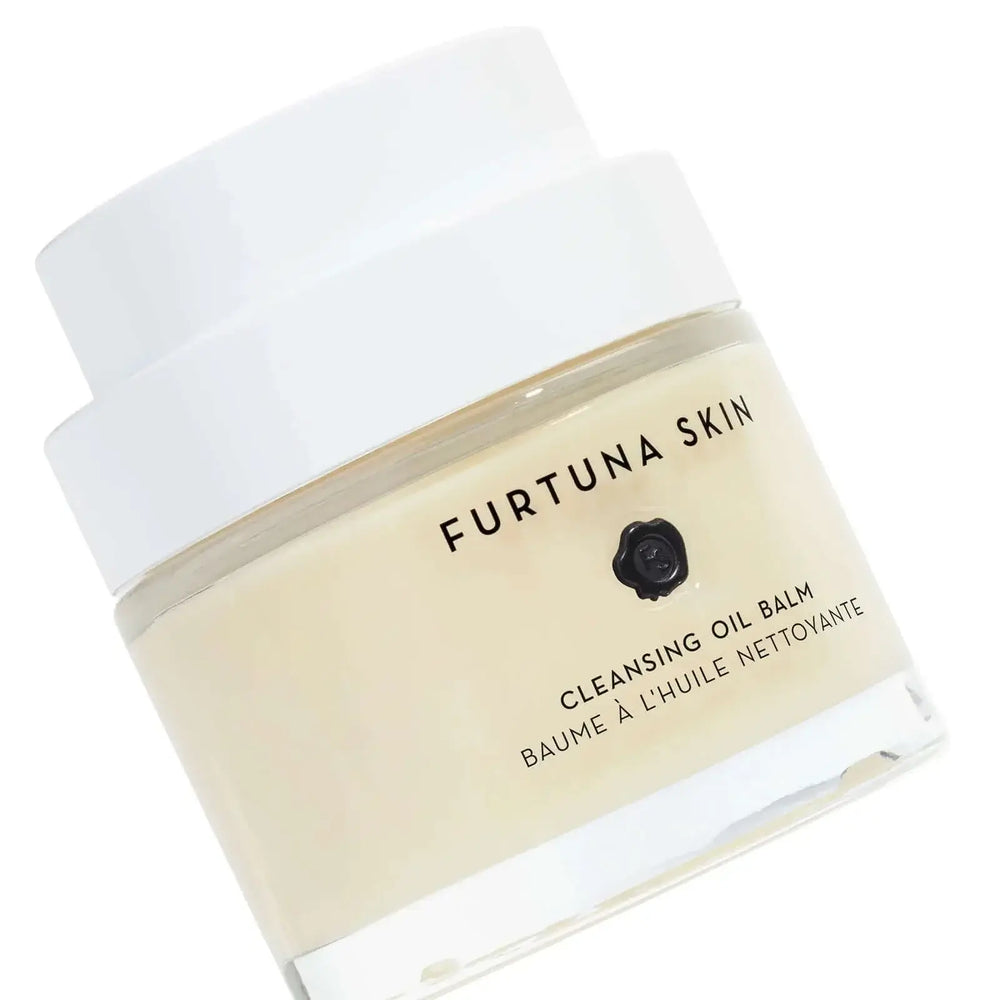



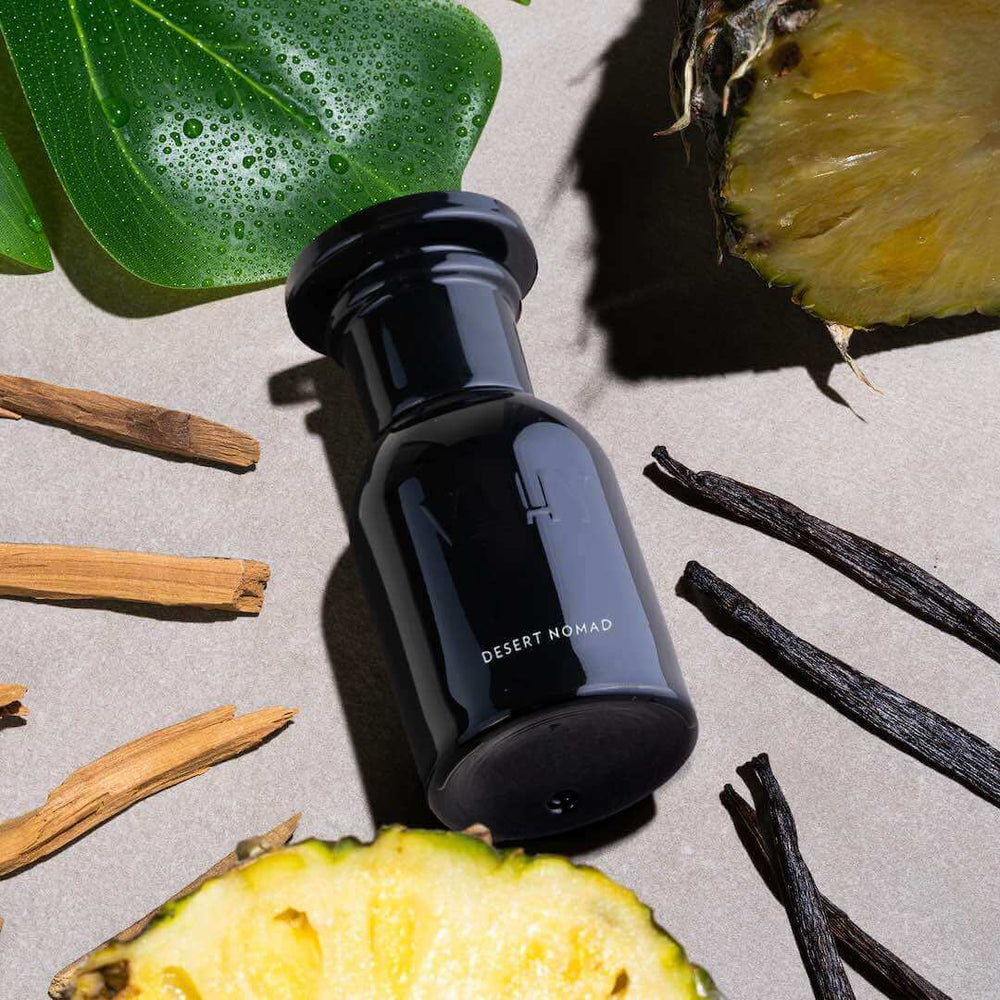


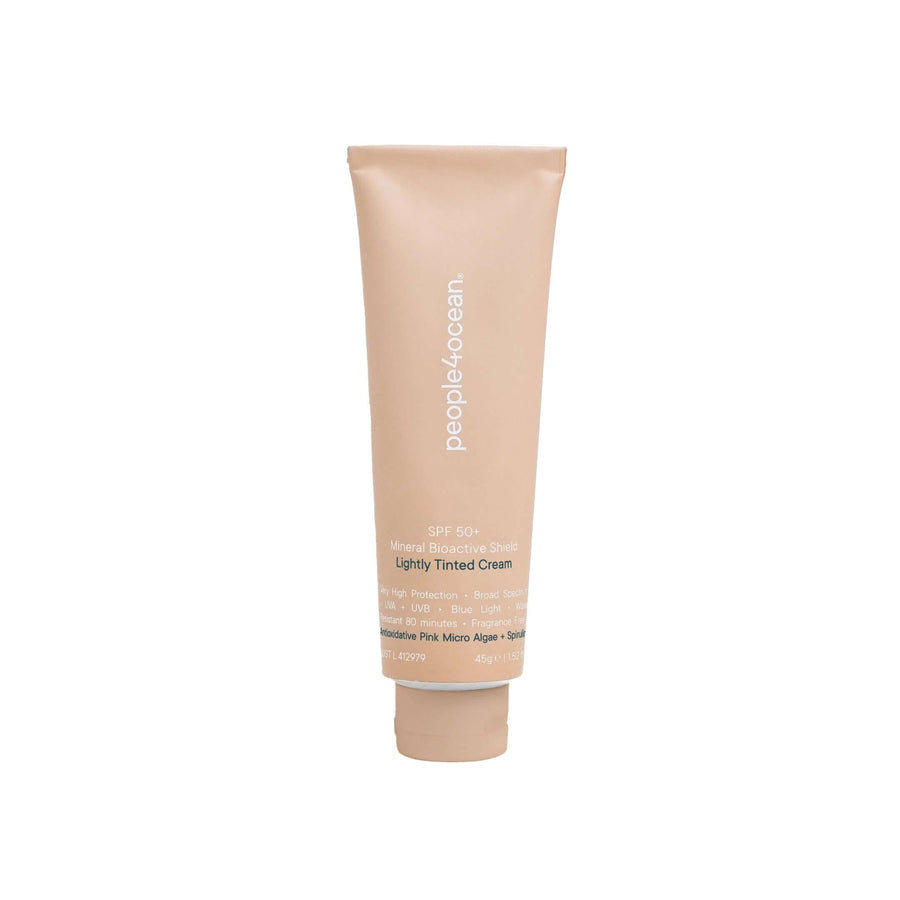

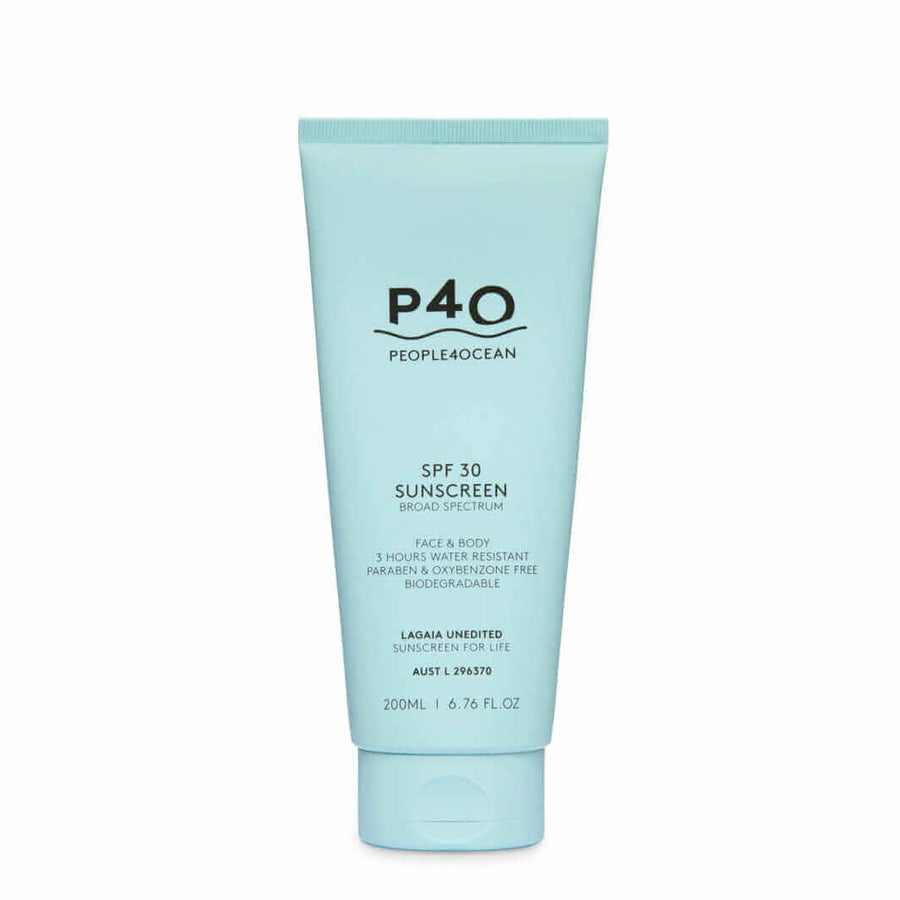
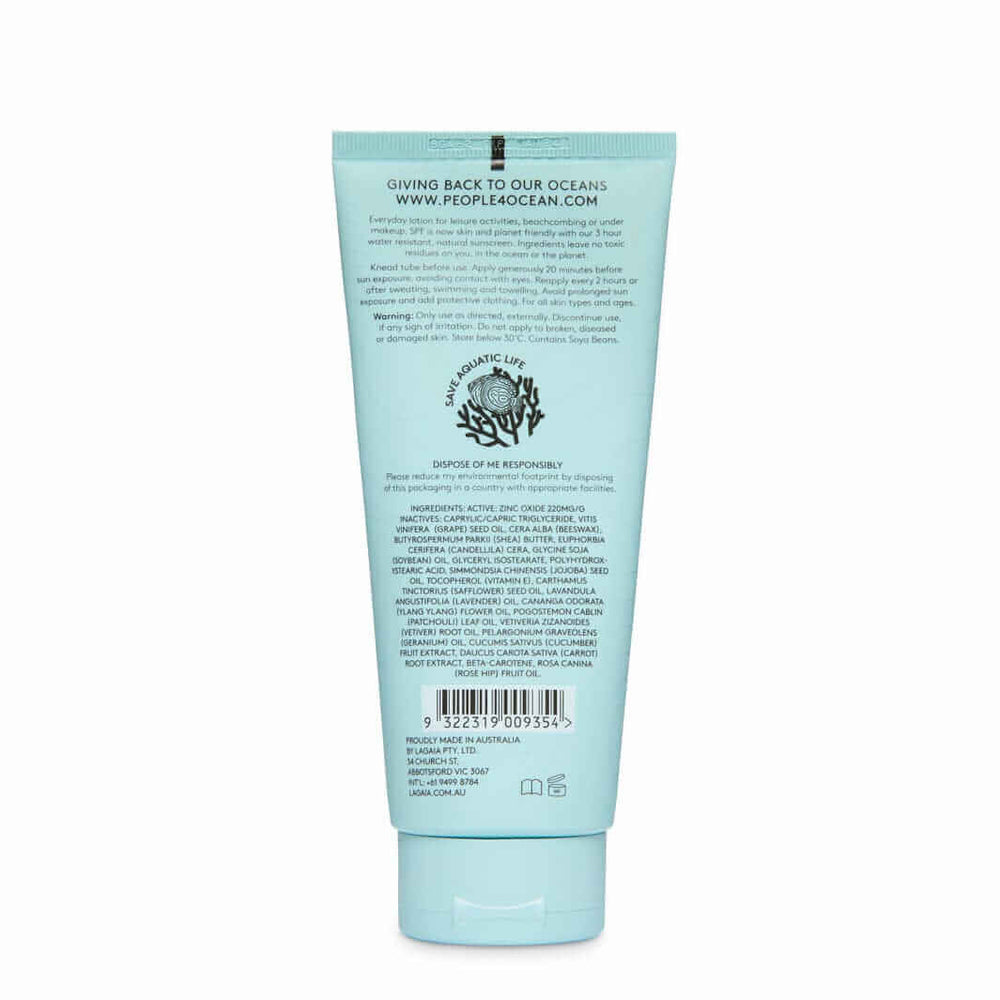

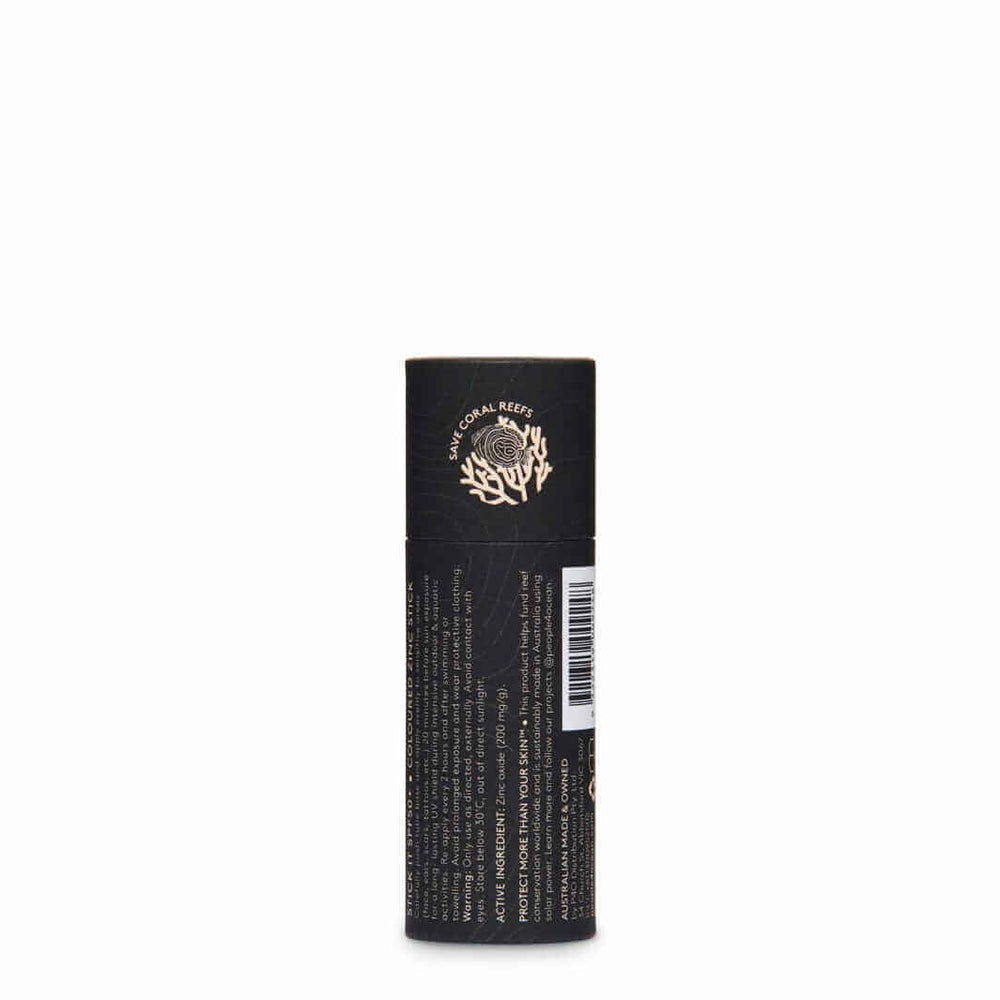
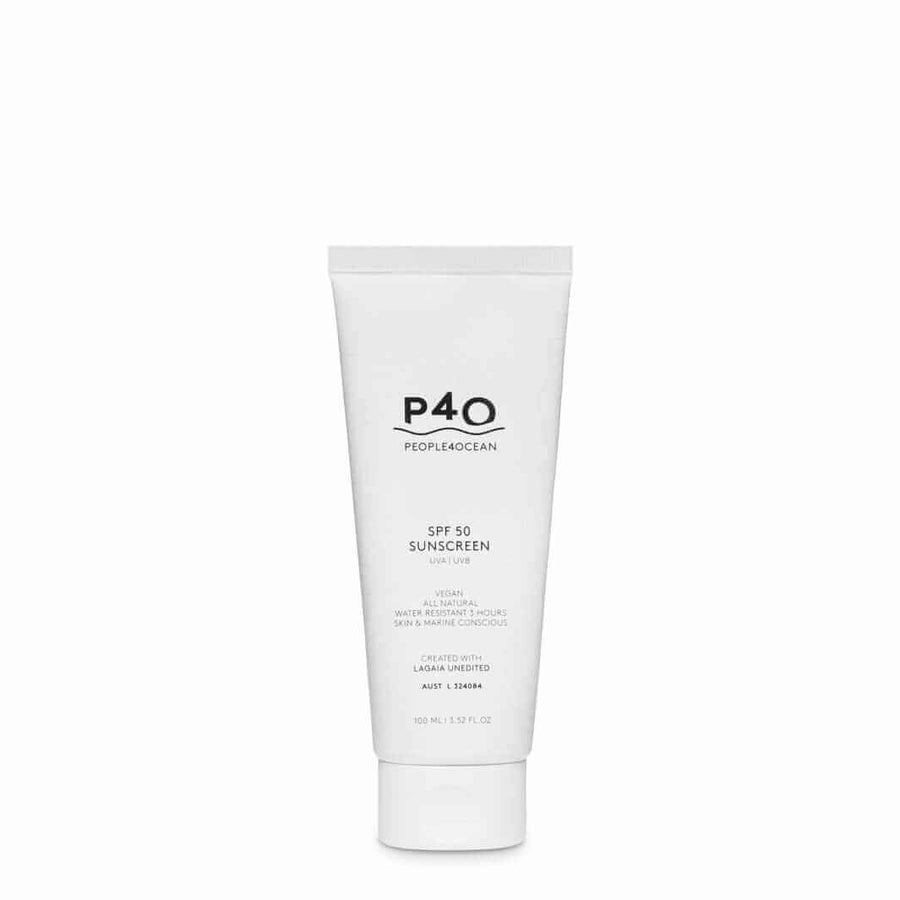






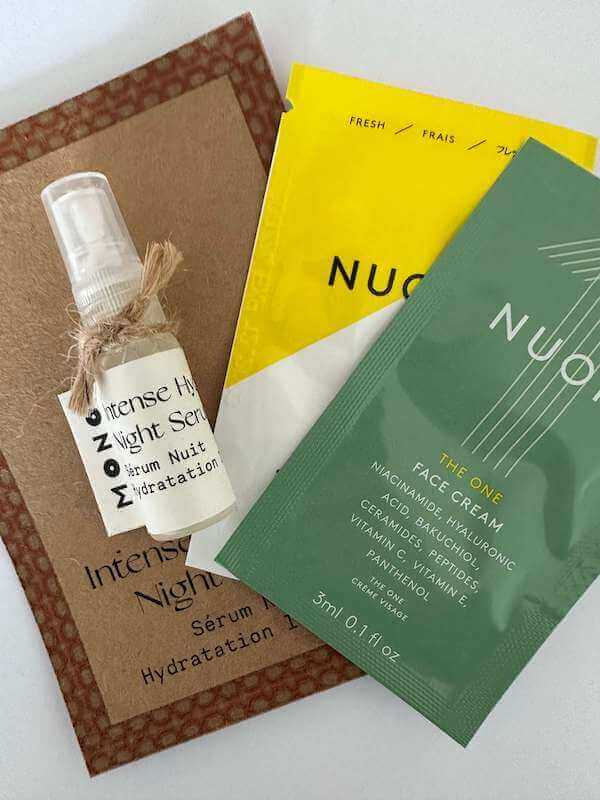
Leave a comment